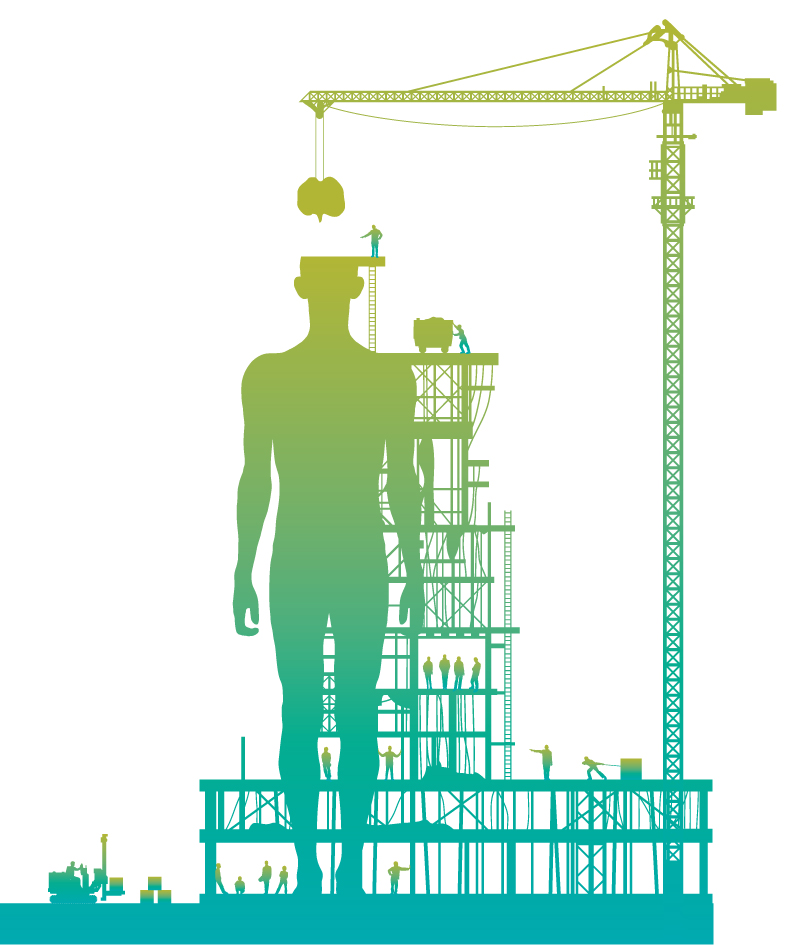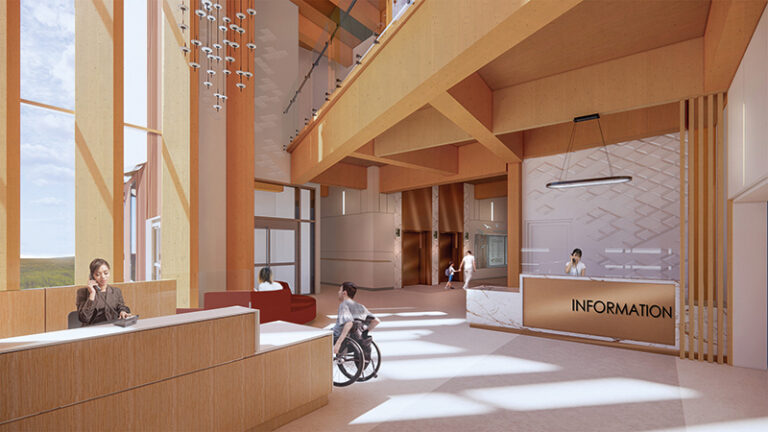It is predicted that within 15 years, commercial and residential buildings will be the world’s biggest emitters of greenhouse gases. What’s more, buildings are aging and have life cycles that need to be managed comprehensively. To help address these concerns, building managers are implementing new technologies to manage how efficiently the buildings are operating in regards to the management and control of temperature, electricity, ventilation, and water.
With increased pressure to reduce energy costs, public building managers review monthly utility bills to monitor their buildings’ energy consumption. However, if they were to measure and track actual energy use based on more robust data, they would gain better insight into energy consumption and have more precise control over facility management. Smarter buildings can help organizations reduce their water consumption by 30 per cent, energy use by 40 per cent, and building maintenance costs by up to 30 per cent.
It doesn’t take a massive investment to reap efficiency savings. The basic sensor technologies underpinning a smart building have already been installed in most lighting, cooling, heating, and security systems as part of regular equipment upgrades. When combined with high-level analytics, these sensors can provide insights into the energy consumption for an entire office, building, or university campus. However, to adapt to and implement this new technology, organizations must address a number of challenges.
Educate
Educate building occupants about how their day-to-day actions can have an effect on a facility’s long-term energy management success in minimizing its environmental footprint. As a result, they may feel a moral responsibility to change their habits and have an increased sense of responsibility toward sustainability.
Listen
Thousands of buildings across Canada were built at a time when energy, water, and raw materials were considered to be inexhaustible commodities. Facilities managers must listen and make sense of facility data from lighting, heating, air conditioning, manufacturing, and computer usage by applying a real-time, analytic approach—regardless of a building’s age. With the proliferation of smart sensors and control systems during the past decade, many buildings have the ability to measure, sense, and see the exact condition of everything in them. But these systems operate independently, through a mix of vendors, and they also advance and mature at different rates. Understanding what a building is trying to say requires collaboration between facilities and information technology organizations.
Adopt smart meters
Some building managers have a limited knowledge of their consumption of utilities—but smart meters are beginning to change this by delivering more real-time information. Using analytics software, data from smart meters can be processed to pinpoint areas of high usage and savings opportunities. It can also help indicate, for example, if the air conditioning of a building should be adjusted or at what point in the evening escalators should be switched off.
Pioneered during the past decade, demand response programs offer incentives for energy users who agree to reduce their consumption at critical times, such as when demand is peaking. Such programs help utilities by lowering the risk of grid instability or blackouts while customers reap the benefits of lower utility bills. While many of these programs are not yet fully automated, they are evolving, and as new buildings are built and old ones are retrofitted, they will be able to link their smart-building controls systems with demand response programs.
Be smart about finite resources
As cities and buildings become better connected—with sophisticated sensor networks, smart meters, and analytics—they can be smarter about how they manage the Earth’s supply of finite resources. There are newfound and emerging ways to monitor, measure, and analyze water and energy supplies as they travel from reservoirs and grids to the pumps and pipes in schools, hospitals, and offices. These advances will deliver better integration—not only between devices, but also between people and their relationships with the environments in which they work and live.
John Longbottom leads IBM Canada’s Smarter Cities program focused on developing and delivering emerging solutions that help cities solve pressing issues.











